GIS for Water Resources and Watershed Management
💦 GIS for Water Resources and Watershed Management – Mapping the Flow of Life
“GIS for Water Resources and Watershed Management” is a definitive guide that explores how Geographic Information Systems (GIS) are transforming the planning, analysis, and sustainable management of water resources. It shows how spatial tools can model surface runoff, identify flood-prone zones, map watersheds, and support integrated water planning.
Covering essential concepts like DEM analysis, flow accumulation, stream network extraction, watershed delineation, and hydrological modeling, this book combines environmental science with practical GIS workflows. It features real-world case studies on river basin management, urban stormwater planning, and catchment health monitoring.
This book is ideal for:
- 🏞️ Hydrologists and water resource engineers
- 🌿 Environmental planners and conservationists
- 🗺️ GIS analysts working in land and water projects
- 🎓 Students studying environmental GIS or watershed science
Whether you're managing a flood control plan or modeling recharge zones, this book provides the tools and techniques to make informed, data-driven decisions about our most critical resource — water.
Keywords: Water Resources GIS, Watershed Mapping, Hydrological Modeling, Stream Network Analysis, Flow Accumulation, Terrain Analysis, Catchment Management, Environmental GIS

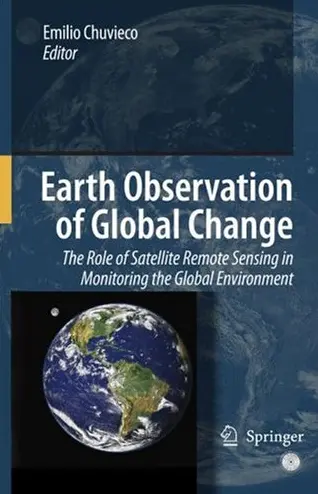
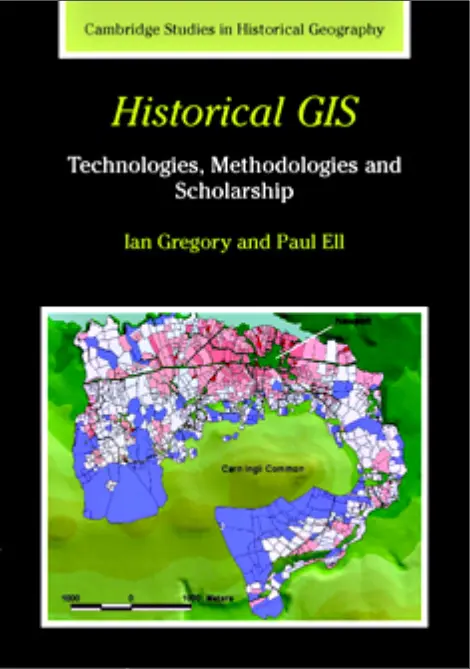
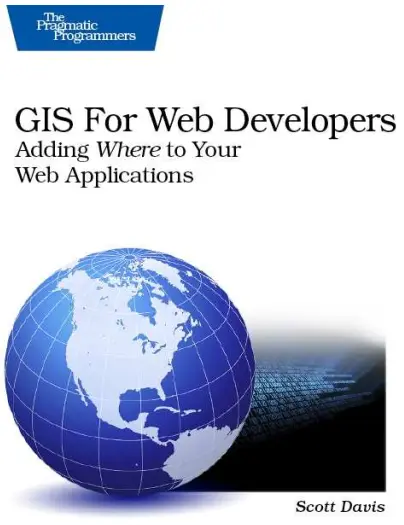

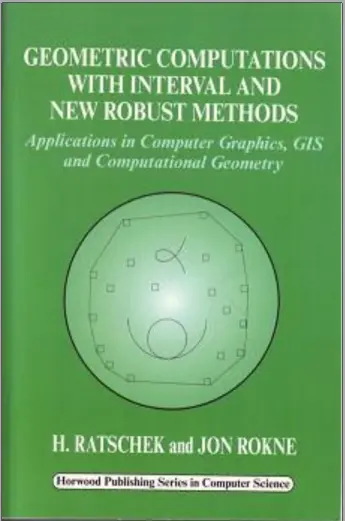
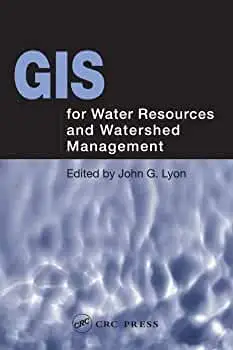
comments
Leave a Reply
Your email address will not be published. Required fields are marked *